LIFTING & CRANES
Remote Control for Cranes and Lifting Applications
Precise and safe steering for crane and lifting technology is key. With our wide variation of transmitters, we offer you the best possible operation, from a safe distance, with no limitations of cables and with highest precision.
For the safety of your employees, your staff must be able to rely on the fact that their equipment can be operated as intended under all conditions. That is why Tele Radio is your perfect partner for remote controls. Whether you operate your lifting and hoisting equipment with the smallest transmitter that fits inside your pocket or the largest, robust waistband version for heavy duty use.
With our transmitters you can operate your equipment from a safe distance with great accuracy and without hindrances of cables or the obstruction of the view. Our components are robust, durable and dust and waterproof. We offer a stable signal between the transmitter and your machine, regardless the circumstances. We offer transmitters with various safety levels which are all independently verified. Our products come with a lot of flexibility for easy installation. You can even replace lost or damaged transmitters from the ground-up, without need to access the receiver. Due to Tele Radio, the safety of your employees is always guaranteed.
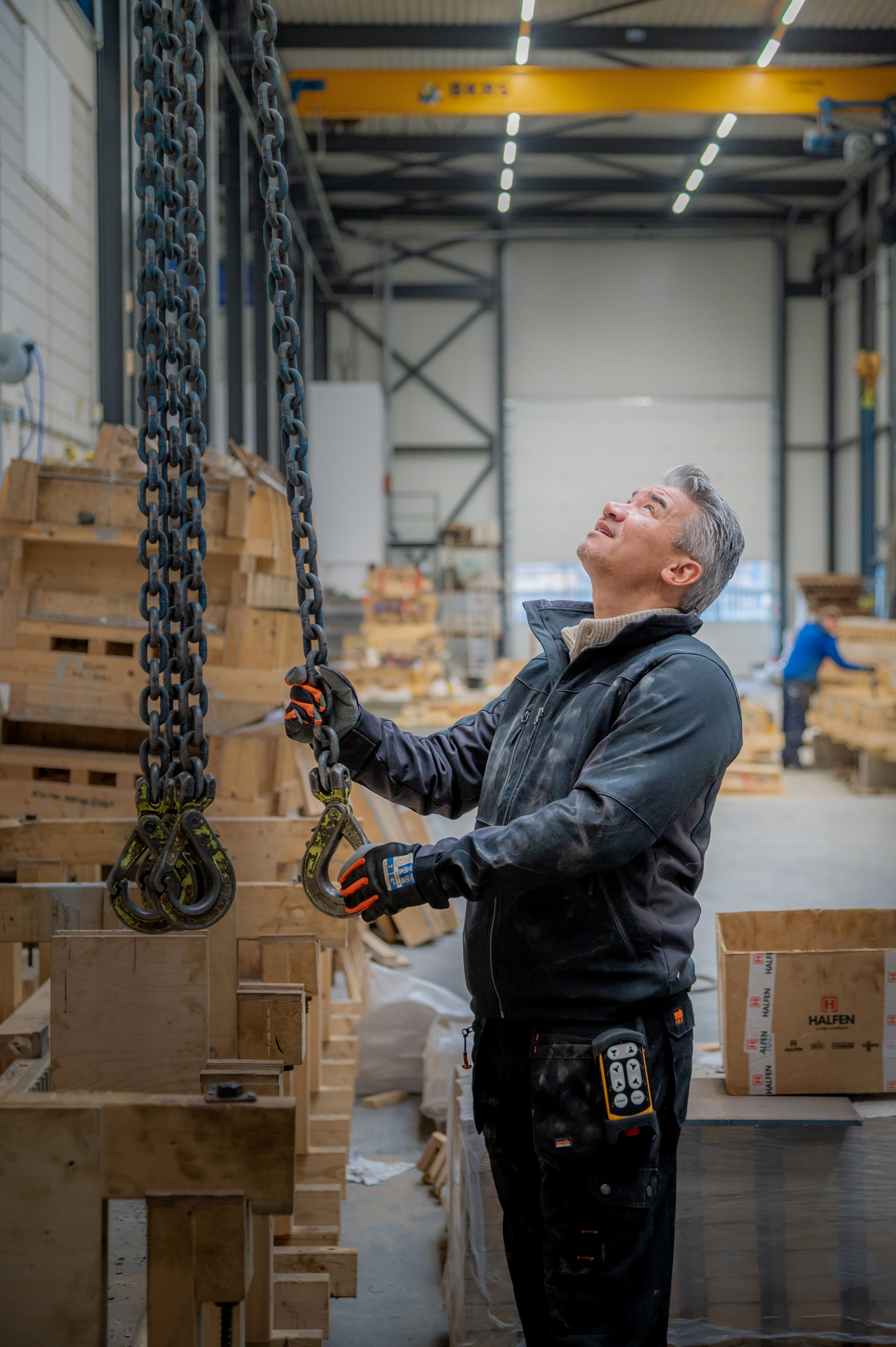
- 8 two-step buttons.
- Range of up to 500 meters (extendable with accessories).
- IP65 protection.
- 12 two-step buttons.
- Range of up to 500 meters (extendable with accessories).
- IP65 protection.
- 6 two-step buttons.
- Range of up to 1000 meters (extendable with accessories).
- IP66 protection.
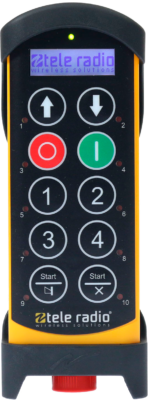
- 10 two-step buttons.
- Range of up to 1000 meters (extendable with accessories).
- IP65 protection.
- Safety auto-shutdown when out of receiver range, low battery, or breakage.
- Customize the remote’s appearance with icons, colors, or your company logo.
- As a standard, it is possible to program up to 8 transmitters in the receiver’s memory. However, for safety reasons, the receiver only allows operation with one transmitter at a time.
- Capable of independently controlling up to four cranes with a single transmitter (each crane with its own receiver).
- Ability to control standard functions of a 3-motion/2-speed crane and/or a crane with two hoists (individually or simultaneously) using a single transmitter and a compact receiver. Additionally, with 2 receivers and 1 transmitter, you can control two single-hoist cranes independently or simultaneously.
APPLICATIONS
To give an idea of the possibilities, we have some examples of applications and their typical products below:

TOWER CRANES
Tower cranes without an operators cab exclusively use remote control and Tele Radio can supply several solutions for the control. A benefit of using remote controls from Tele Radio is that we supply PLd and PLe certified systems which is a requirement in many countries when lifting loads that pass over people.

ELECTRICAL HOIST
The typical hoist is a chain lifting device for lighter loads, ranging up to around 5000 kg, typically used for stationary workstation lifting. By using a remote control the user can avoid working to close to the load and in a more favorable position ergonomically.

EOT CRANES
Electrical overhead traversing cranes are large loading beams running on tracks in the roof of a warehouse. These cranes lift loads from a few tons to 100 metric tons or more.
Your preferences for security and functionality
To choose the transmitter best suited to your needs, it is best to consult your Tele Radio team. We provide different transmitters with specific characteristics. The following three elements are decisive for the choice:

Safety Level
Our transmitters are safe and many models have independent safety certification. This means that the operation of the stop button has been tested and verified by an external and independent body. We recommend choosing a system with independent safety certification if you want to minimize the risk of injury when using machinery. No security risk? Then you can choose a transmitter without certification.

Push Buttons or Joysticks
The use of buttons makes the transmitter more manageable, but certainly not less precise. A transmitter with proportional buttons, for example, has the accuracy of a joystick transmitter. Pressing the button further increases the degree of activation. A joystick transmitter is larger, but has more customization options, such as special buttons and switches.

Feedback
Some transmitters can receive information from a controlled receiver. Depending on the system, information can be made visible via LEDs on the transmitter or via a display. For example, when controlling a crane, you can use the display to view information such as the weight to be lifted or alarms. This feature is less important for less complex applications, such as truck winches.
Contact us























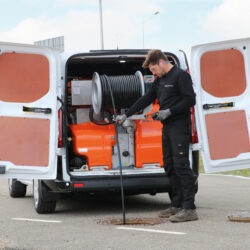

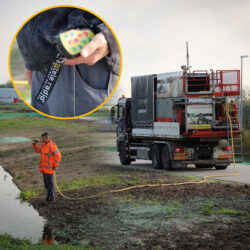
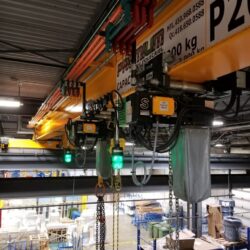



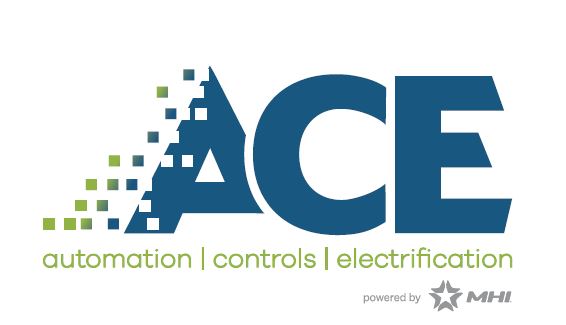


 Tele Radio supports the world wide preservation of the Tiger with WWF.
Tele Radio supports the world wide preservation of the Tiger with WWF.